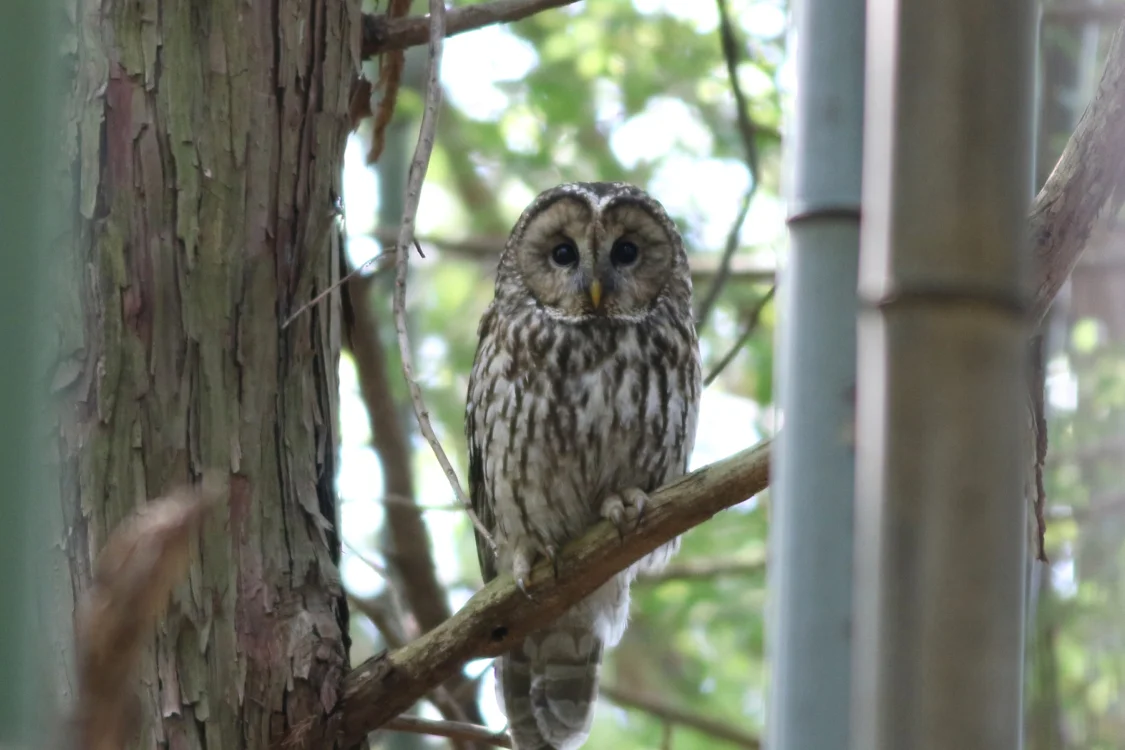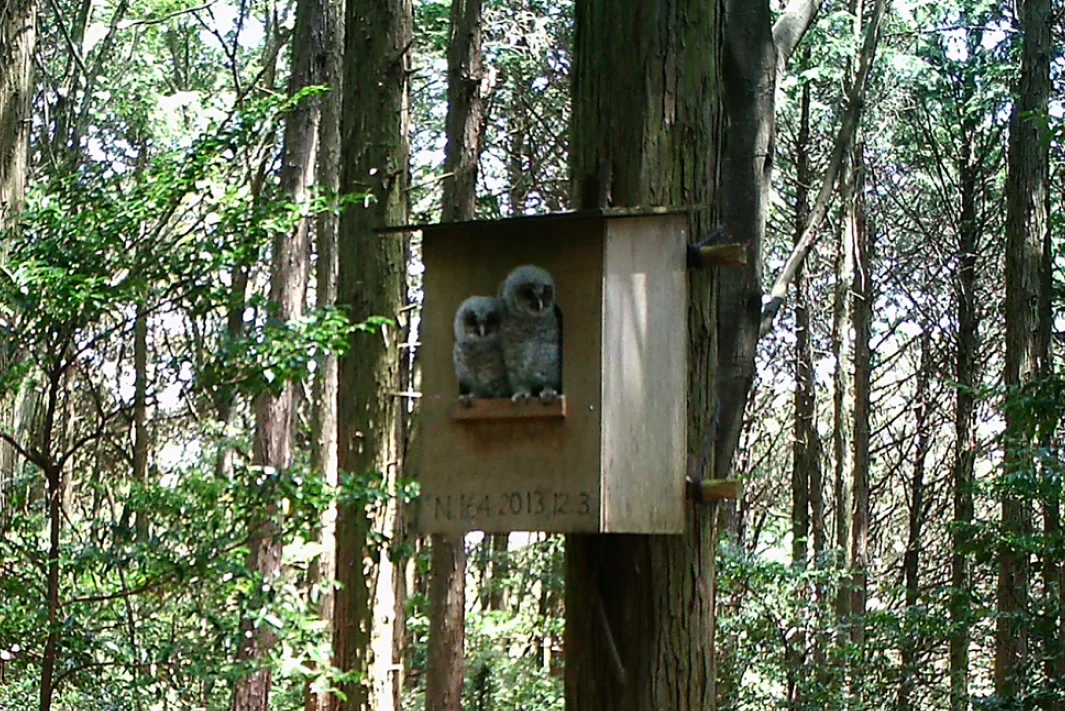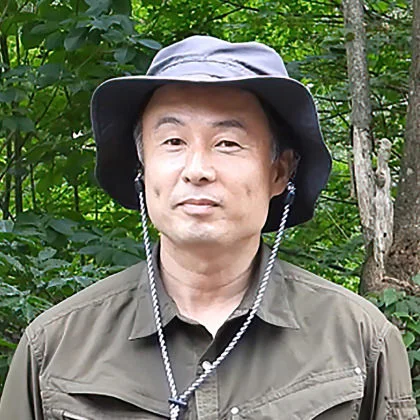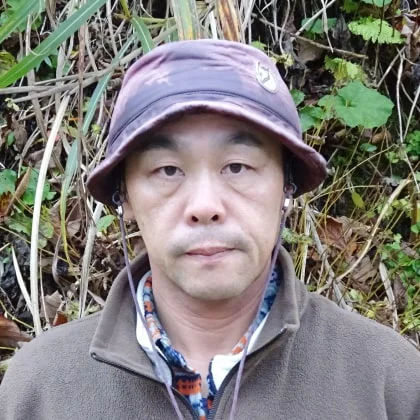Ural Owls

This page contains photos of animals.
Bird names are listed in accordance with the Check-list of Japanese Birds, 8th Revised Edition.Known as “hunters of the night,” Ural Owls sit at the top of the forest ecological pyramid, playing an important role in maintaining ecological balance.
The Guardian of Farmlands
Ural Owls possess special sound-dampening feathers that allow them to fly silently through the dark and to prey on small animals such as mice and moles. Inhabiting lowland areas and foothills, owls have long been regarded as beneficial birds that help protect crops from pests.
Ural Owls typically nest and breed in the hollows of large trees. However, the number of such mature trees has declined in recent years, causing more Ural Owls to build nests on tree branches or even on the ground. Unfortunately, these exposed nests are far more vulnerable to predators like crows and foxes, making successful breeding increasingly difficult.
Natural Water Sanctuary Initiatives
To support Ural Owls that are losing their natural habitats, our Natural Water Sanctuaries are providing Ural Owl nest boxes and other helpful measures.
Ural Owl Nest Box Project: Helping to Solve the Housing Crisis
Although Ural Owls are not closely related to eagles or hawks, they are still birds of prey and share the top position on the ecological pyramid.
As part of the Eagle/Hawk-Nurturing Support Program, we have been installing Ural Owl nest boxes in our Natural Water Sanctuaries. This is an emergency measure to support the owl population until the forests mature and there are more large trees with natural hollows.

The owl housing crisis appears to be quite acute. In most of our Natural Water Sanctuaries, the nest boxes are being occupied at an astonishingly high rate. However, in areas like Okudaisen, where large trees are still abundant, Ural Owls seem to prefer natural tree hollows over artificial nest boxes.
Recently installed nest boxes were crafted from Ikurinzai – timber from cultivated forests – specifically hinoki cypress, grown in our Natural Water Sanctuary Gifu Higashi-Shirakawa. Yet, despite being made from prestigious cypress wood, the boxes still can't quite compete with the appeal of natural tree hollows.
Experts involved in this Initiative

Takashi Fujii
Research Manager, Japanese Society for Preservation of Birds Research Department

MORISHO LLC

Jun Nonaka
Representative, The Japan Accipiter Working Group
Natural Water Sanctuaries are Home to Many Other Living Things
Learn about some of the birds, mammals, insects, and living things that enrich the soil thriving in our Sanctuaries.
Learn about the living things in the Natural Water Sanctuaries
 Home
Home Initiative Policy and Structure
Initiative Policy and Structure Living Things in the Natural Water Sanctuaries
Living Things in the Natural Water Sanctuaries Dedication to Water
Dedication to Water Natural Water Sanctuaries
Natural Water Sanctuaries  Natural Water
Natural Water  Initiative History
Initiative History